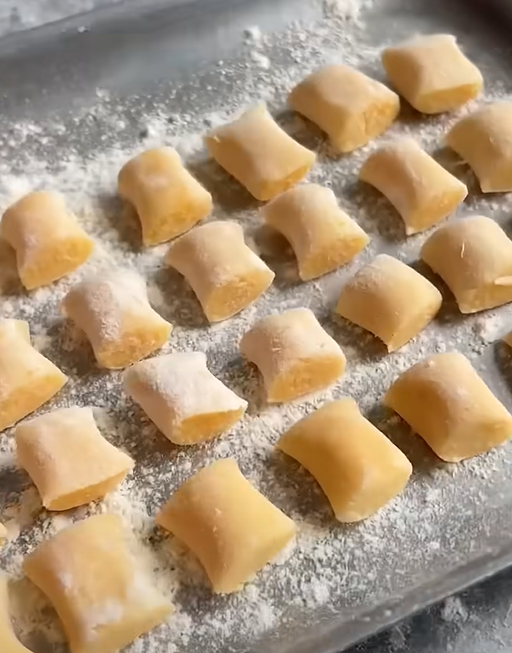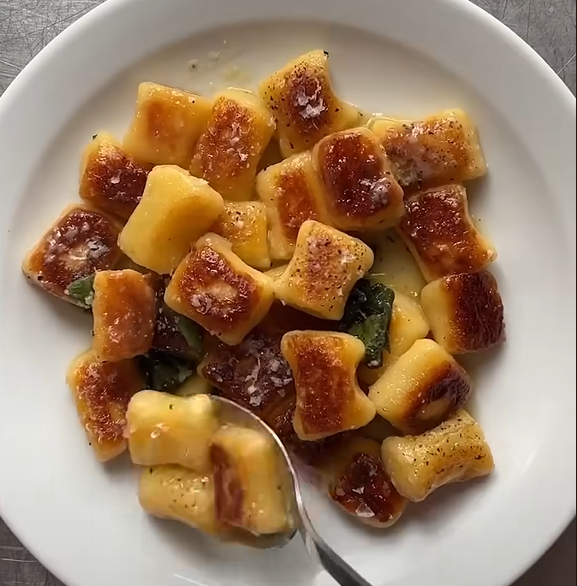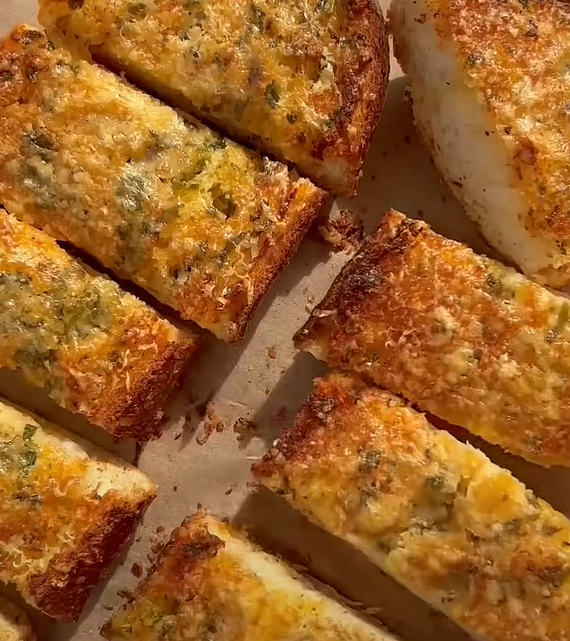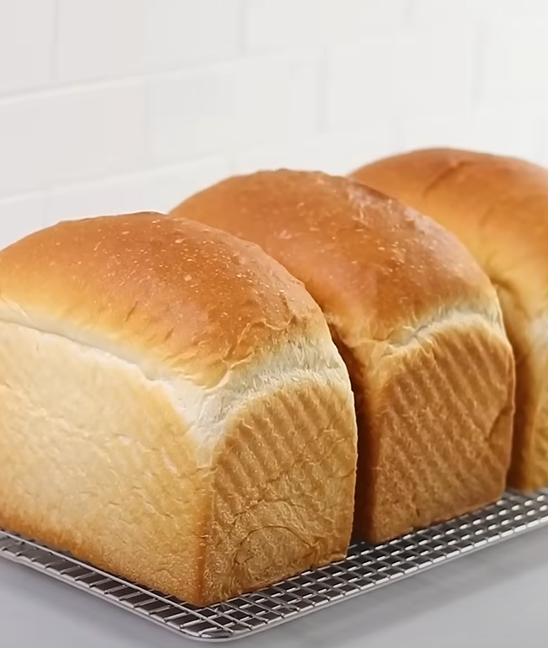Nothing quite compares to the pillowy softness and delicate texture of homemade potato gnocchi. I’ve been perfecting this traditional Italian recipe for years, and I’m excited to share my foolproof method with you. These little dumplings are surprisingly simple to make once you understand the technique, and they’ll transform your dinner table into an authentic Italian experience.
The beauty of authentic potato gnocchi lies in its simplicity – just potatoes, flour, and egg create these tender morsels that practically melt in your mouth. Unlike store-bought versions that can be dense and chewy, homemade gnocchi has that perfect balance of lightness and substance that makes every bite memorable.
Understanding Traditional Gnocchi
Gnocchi (pronounced “NYOH-kee”) are small Italian dumplings traditionally made from potatoes, though variations exist using ricotta, semolina, or even pumpkin. The word itself comes from the Italian “nocchio,” meaning knot in wood, which perfectly describes their characteristic shape.
Russet Potatoes are the ideal choice for gnocchi-making due to their high starch content and low moisture, creating the perfect texture without making the dough too wet.
00 Flour is the traditional Italian flour used for pasta and gnocchi, though all-purpose flour works excellently as a substitute for home cooks.
Essential Ingredients and Equipment
Core Ingredients
| Ingredient | Amount | Purpose | Quality Tips |
|---|---|---|---|
| Russet Potatoes | 2 lbs (900g) | Base of the dough | Choose uniform, unblemished potatoes |
| All-purpose Flour | 1-1.5 cups | Binding agent | Measure by weight for consistency |
| Large Egg | 1 whole | Adds richness and binding | Room temperature works best |
| Salt | 1 teaspoon | Flavor enhancement | Fine sea salt preferred |
| Semolina Flour | 2 tablespoons | Dusting (optional) | Prevents sticking during shaping |
Equipment Needed
- Large pot for boiling potatoes
- Potato ricer or fine-mesh sieve
- Large mixing bowl
- Clean kitchen towel
- Bench scraper or knife
- Gnocchi board or fork (for shaping)
- Large pot for cooking gnocchi
- Slotted spoon
Step-by-Step Gnocchi Making Process
Preparing the Potatoes
The foundation of exceptional gnocchi starts with properly prepared potatoes. I always cook my potatoes with their skins on to prevent them from absorbing excess water, which would make the dough sticky and require more flour.
- Boil the potatoes whole in generously salted water for 25-30 minutes until fork-tender
- Drain immediately and let them cool just enough to handle safely
- Peel while warm – the skins should slip off easily
- Pass through a ricer while still hot for the smoothest texture
Creating the Perfect Dough
The key to light, tender gnocchi is working quickly while the potatoes are still warm and using the minimum amount of flour necessary. Too much flour creates tough, dense gnocchi.
- Spread riced potatoes on a clean work surface and let them cool for 2-3 minutes
- Create a well in the center and add the beaten egg and salt
- Sprinkle flour over the potatoes, starting with 3/4 cup
- Gently bring together using a bench scraper, avoiding overworking
- Knead briefly until the dough just comes together – it should be slightly tacky but not sticky
Shaping Traditional Gnocchi
The classic gnocchi shape isn’t just for aesthetics – those little ridges help sauce cling to each dumpling perfectly.
- Divide dough into 8 equal portions
- Roll each portion into a rope about 3/4 inch thick
- Cut into 3/4 inch pieces using a bench scraper
- Roll each piece over a gnocchi board or fork tines
- Place on floured baking sheet to prevent sticking

Cooking Methods and Techniques
Traditional Boiling Method
| Step | Process | Timing | Visual Cue |
|---|---|---|---|
| 1 | Bring large pot of salted water to boil | 5-7 minutes | Rolling boil maintained |
| 2 | Add gnocchi in batches | Don’t overcrowd | Gnocchi sink initially |
| 3 | Cook until they float | 2-3 minutes | All gnocchi at surface |
| 4 | Remove with slotted spoon | Immediately | Transfer to sauce or butter |
Pan-Frying for Extra Texture
For a delightful textural contrast, I often pan-fry my boiled gnocchi:
- Heat olive oil or butter in a large skillet over medium-high heat
- Add cooked gnocchi in a single layer
- Cook without moving for 2-3 minutes until golden
- Flip carefully and cook another 1-2 minutes
- Season immediately with salt and pepper
Classic Sauce Pairings
Simple Butter and Sage
This traditional preparation lets the gnocchi shine:
- 4 tablespoons butter
- 8-10 fresh sage leaves
- Freshly grated Parmigiano-Reggiano
- Black pepper to taste
Rich Tomato Basil
A timeless combination that never disappoints:
- 2 cups high-quality marinara sauce
- Fresh basil leaves
- Extra virgin olive oil
- Fresh mozzarella (optional)
Creamy Gorgonzola
For special occasions, this decadent sauce is perfection:
- 4 oz Gorgonzola cheese, crumbled
- 1/2 cup heavy cream
- 2 tablespoons butter
- Toasted walnuts for garnish
Troubleshooting Common Issues
Problem-Solution Guide
| Issue | Cause | Solution | Prevention |
|---|---|---|---|
| Dense, heavy gnocchi | Too much flour | Use less flour next time | Measure flour by weight |
| Gnocchi falling apart | Too little flour | Add flour gradually | Test cook one piece first |
| Sticky dough | Wet potatoes | Add flour, work quickly | Use ricer, work while warm |
| Tough texture | Overworking | Handle gently | Mix just until combined |
Storage and Make-Ahead Tips
Fresh Gnocchi Storage
- Immediate use: Keep on floured baking sheet for up to 2 hours
- Refrigeration: Store covered for up to 24 hours
- Freezing: Freeze on baking sheet, then transfer to bags for up to 3 months
Cooking Frozen Gnocchi
Cook directly from frozen – no thawing needed. They’ll take an extra minute or two to float.
Nutritional Information and Variations
Basic Nutritional Profile (per serving, 6 servings total)
| Nutrient | Amount | % Daily Value |
|---|---|---|
| Calories | 185 | 9% |
| Carbohydrates | 38g | 13% |
| Protein | 5g | 10% |
| Fat | 2g | 3% |
| Fiber | 2g | 8% |
| Sodium | 395mg | 17% |
Healthy Variations
Whole Wheat Gnocchi: Substitute half the flour with whole wheat flour for added fiber and nutty flavor.
Sweet Potato Gnocchi: Replace half the potatoes with roasted sweet potatoes for a colorful, nutritious twist.
Gluten-Free Option: Use a 1:1 gluten-free flour blend, though the texture will be slightly different.
Regional Italian Variations
Throughout Italy, different regions have put their own spin on this classic dish. In Piedmont, they often add a touch of nutmeg to the dough. Roman-style gnocchi might include a bit of Pecorino Romano cheese mixed into the dough itself. In the south, you’ll sometimes find gnocchi made with a combination of potatoes and ricotta.
Serving Suggestions and Presentation
When serving gnocchi, presentation matters. I like to warm my serving bowls and toss the gnocchi gently with the sauce rather than pouring sauce over the top. A sprinkle of fresh herbs and good-quality cheese elevates the entire dish.
For family-style serving, present gnocchi in a large, shallow bowl that allows everyone to see these beautiful handmade dumplings. Provide good-quality grated cheese at the table and perhaps some crusty Italian bread to complete the meal.
The portions should be generous but not overwhelming – gnocchi is rich and satisfying, so a little goes a long way. I typically plan for about 4-6 oz of gnocchi per person as a main course, or 2-3 oz as a first course.
Frequently Asked Questions
Q: Why do my gnocchi turn out dense and heavy? The most common cause is using too much flour or overworking the dough. Remember, the dough should be just barely held together – it’s better to have it slightly tacky than to add too much flour.
Q: Can I make gnocchi without eggs? Yes, traditional gnocchi can be made with just potatoes, flour, and salt. The egg adds richness and helps bind the dough, but it’s not essential. You might need to adjust the flour amount slightly.
Q: How do I know when gnocchi are done cooking? Fresh gnocchi are done when they float to the surface of the boiling water, which usually takes 2-3 minutes. Don’t overcook them, as they can become mushy.
Q: Can I prepare gnocchi dough in advance? It’s best to shape and cook gnocchi soon after making the dough. However, you can prepare the dough up to a few hours ahead and keep it covered in the refrigerator. Let it come to room temperature before shaping.
Q: What’s the best way to reheat leftover gnocchi? Pan-frying is the best method for reheating gnocchi. Heat a bit of olive oil or butter in a skillet and fry the gnocchi until heated through and slightly crispy on the outside.
Q: Why do some of my gnocchi fall apart when cooking? This usually happens when there’s not enough flour in the dough or when the gnocchi are handled too roughly. Make sure your dough holds together well before shaping, and handle the gnocchi gently.
Q: Can I use different types of potatoes? Russet potatoes are ideal because of their high starch content and low moisture. Yukon Gold can work but may require more flour. Avoid waxy potatoes like red potatoes, as they’ll make gummy gnocchi.
Q: How long does homemade gnocchi last? Fresh gnocchi should be used within 24 hours when refrigerated. Frozen gnocchi can last up to 3 months in the freezer. Once cooked, leftover gnocchi should be consumed within 2-3 days.
Q: What’s the secret to restaurant-quality gnocchi at home? The key is using the right ratio of ingredients, working quickly while potatoes are warm, and not overworking the dough. Also, proper shaping with ridges helps sauce adherence, and cooking in well-salted water makes a difference.
Q: Should I add olive oil to the gnocchi dough? Traditional recipes don’t include olive oil in the dough itself. Oil is typically used for cooking or finishing the dish. Adding oil to the dough can affect the texture and isn’t necessary for good results.
Making authentic Italian potato gnocchi at home is one of those cooking experiences that connects you directly to generations of Italian cooks. The process is meditative, the results are spectacular, and the satisfaction of creating these little pillows of perfection from just a few simple ingredients is unmatched. Once you master this technique, you’ll find yourself making gnocchi regularly – it’s that rewarding and delicious.
The key to success lies in understanding that good gnocchi is about finesse, not force. Work gently, trust the process, and don’t be afraid to make adjustments as you learn. Each batch teaches you something new, and before long, you’ll be shaping gnocchi with the confidence of a Italian nonna.


